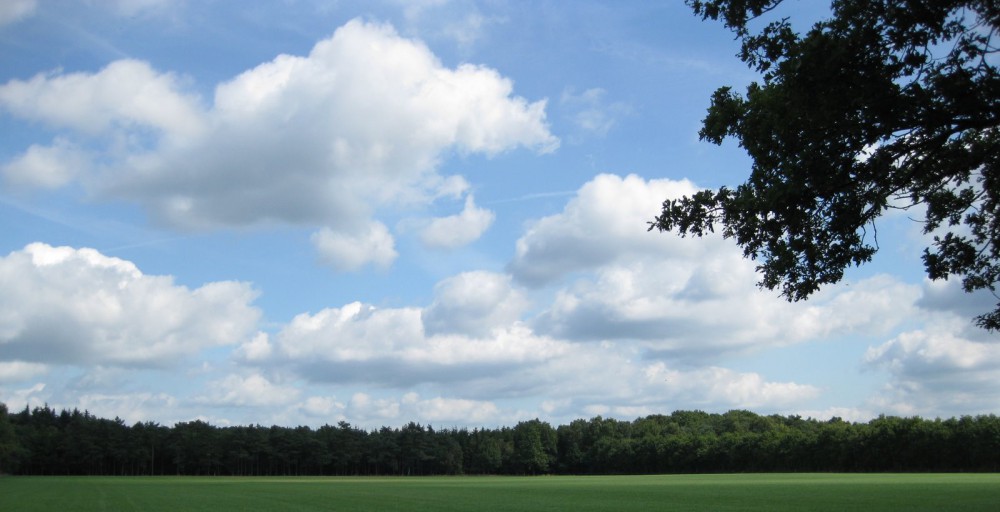Dear friends,
The purpose of Advayavada Buddhism is to become a true part of the whole.
Our quest is fully personalized: it is firmly based on what we increasingly know about ourselves and our world, and trusting our own intentions, feelings and conscience. Adherence to the familiar five precepts (not to kill, not to steal, sexual restraint, not to lie, and refraining from alcohol and drugs) and a well-considered understanding of the three (in Advayavada Buddhism, four) signs of being and the Buddha’s four noble truths, which are the subjects of weeks 1 to 5, suffice to start off on this Path at any time.
Advayavada Buddhism does not tell you what to do or believe, but invites us all to make the very best of our own lives by indeed attuning as best as possible with wondrous overall existence advancing over time now in its manifest direction. The Advayavada Study Plan (ASP) is repeated four times a year.
The purpose of the autonomous ASP is that we study (and debate in a local group, the family circle or with good friends) the meaning and implications of the weekly subject, not as a formal and impersonal intellectual exercise, but in the context of whatever we ourselves are presently doing or are concerned with, or about, such as our health, relationships, work, study, our place in society, etc.
(My own specific personal objective this quarter is to observe and interpret as closely as possible the workings in my own life of pratityasamutpada, i.e. the process of universal relativity or interdependent origination, understood as in Madhyamaka, where ‘all causes are effects and all effects are causes’, and karma, understood as the everchanging knotlet of biopsychosocial events in which I am personally embedded – what’s yours?)
To continue this weekly series, in week 5 we again closely survey the Noble Eightfold Path that eliminates the immediate causes of existential suffering (the fourth noble truth of Buddhism) and attunes us as best as possible to overall existence advancing over time in its manifest direction (in Advayavada Buddhism the fourth sign of being); in Dutch: het edele achtvoudige pad (de vierde waarheid van de Boeddha) en de vooruitgang (in het Advayavada-boeddhisme het vierde kenmerk van het bestaan).
The Path is understood, in Advayavada Buddhism, dynamically, as an ongoing and fully autonomous, non-prescriptive, investigative and creative process of progressive insight, reflecting in human terms wondrous overall existence becoming over time. It is composed of (1) our very best (samma in Pali and samyak in Sanskrit) comprehension or insight, followed by (2) our very best resolution or determination, (3) our very best enunciation or definition (of our intention), (4) our very best disposition or attitude, (5) our very best implementation or realization, (6) our very best effort or commitment, (7) our very best observation, reflection or evaluation and self-correction, and (8) our very best meditation or concentration towards an increasingly real experience of Samadhi*, which brings us to a yet better comprehension or insight, and so forth.
*Samadhi (Pali and Sanskrit): total or perfect concentration (of the mind, cf. enstasy); non-dualistic state of consciousness in which the experiencing subject becomes one with the experienced object; total absorption in the object of meditation; transcendence of the relationship between mind and object; merging of subject and object; to contemplate the world without any perception of objects; suspension of judgement; turiyatita; satori; bodhi; rigpa; realization of the sameness of the part and the whole, of the identity of form and emptiness, of samsara and nirvana, of the immediate and the ultimate; mystic oneness; perfect dynamic attunement with wondrous overall existence; oceanic feeling; wonder, awe, rapture; essential purity; deep love and compassion; awareness of our common ground and the innocence of sex.
Feel free to share these weekly ASP instalments.
Kind regards,
John Willemsens,
Advayavada Foundation.
@advayavada
